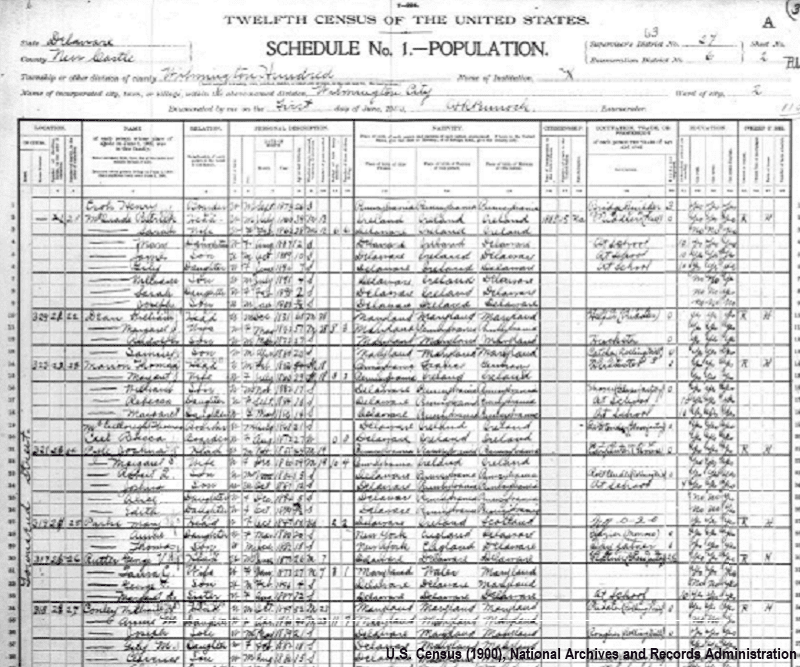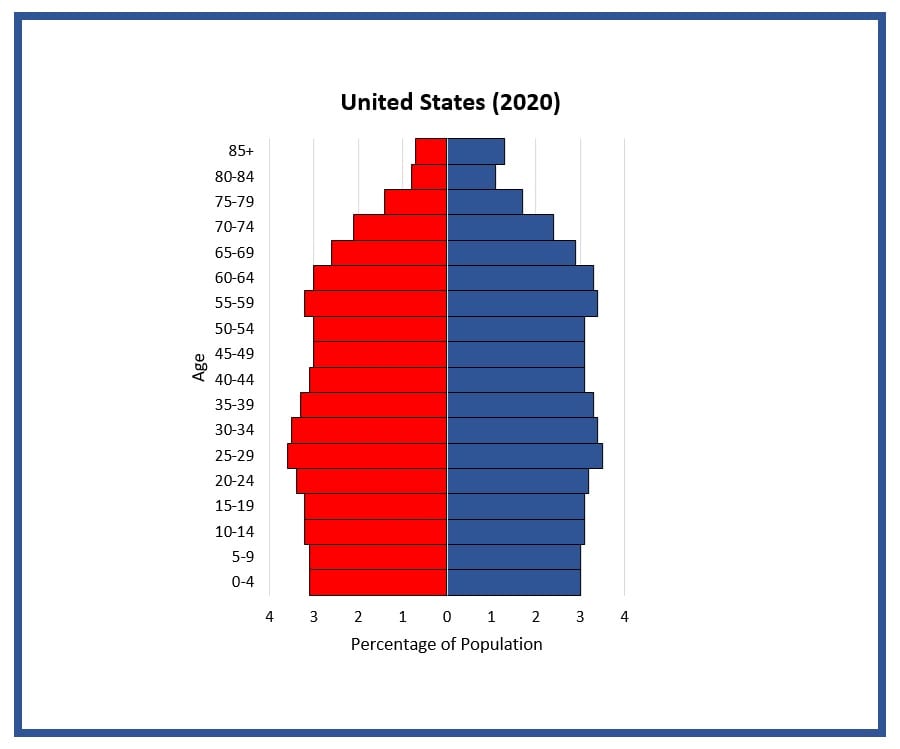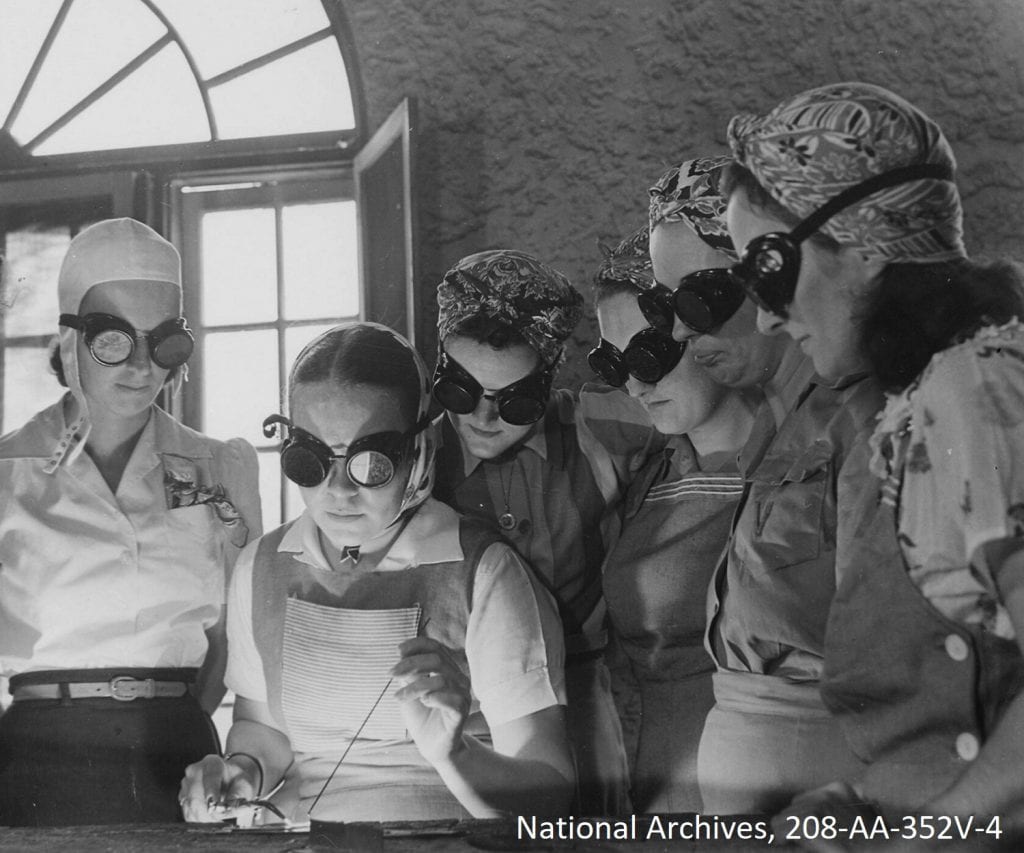Resource Overview
Students calculate fertility rates from historic census data, calculate the average number of children for multiple generations of families in their class, and compare national trends on average fertility to data on factors that may impact fertility rates.
Students will be able to:
- Use historic census data to calculate fertility rate at various points in Delaware history.
- Calculate the average number of children in their own families over several generations to observe trends.
- Compare trends in average fertility rates to factors that may influence fertility decisions.

Features of This Resource
- Students read and analyze data in primary sources
- Aligns with AP U.S. History framework
- Great lesson for teaching about the census while distance learning
How Do I Get This Lesson Plan?
The resource is free. Click the green button for immediate download. Download Now
Other Resources You Might Like:

Students construct and interpret population pyramids (age-sex distribution charts) and discuss differences in population characteristics at different points in U.S.... Read more »

Role playing a city council meeting, students weigh various real-world economic, social, and environmental factors when siting a landfill on... Read more »

Students examine current and historic U.S. gender roles through two short mental exercises and research.
Nice to meet you!
Tell us a bit about yourself so we can continue creating resources that meet your needs.
You’ll only need to fill out this form once. If you’ve already completed the form, you can confirm your email here.



